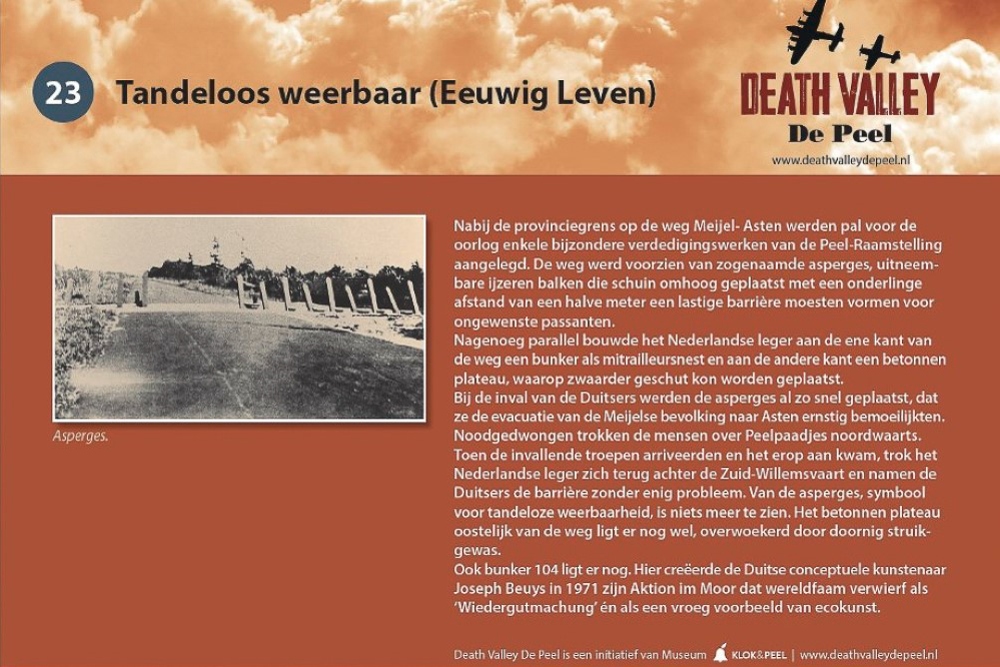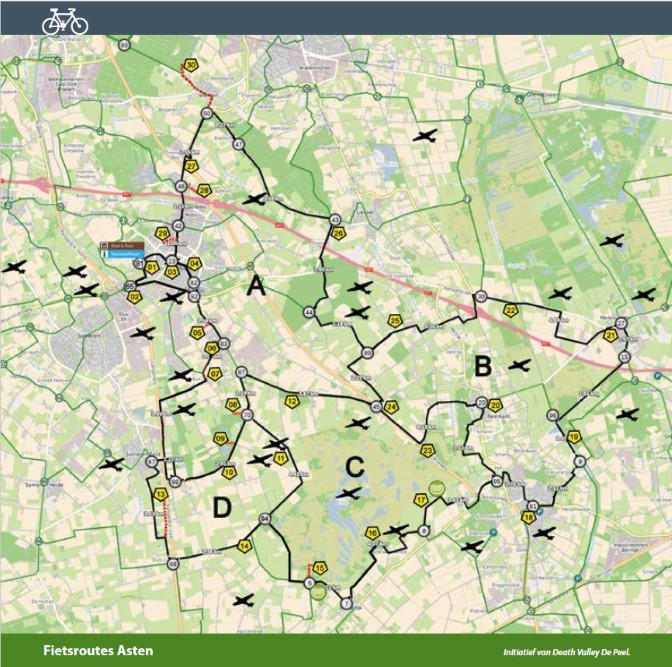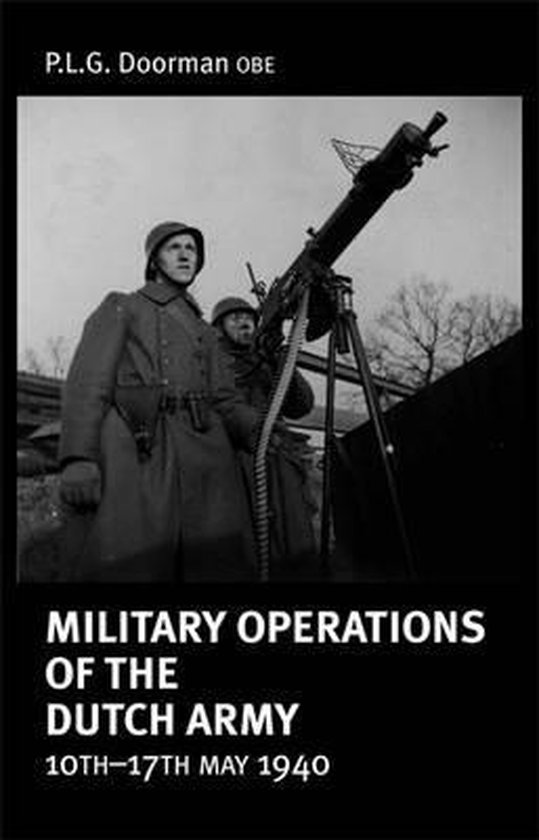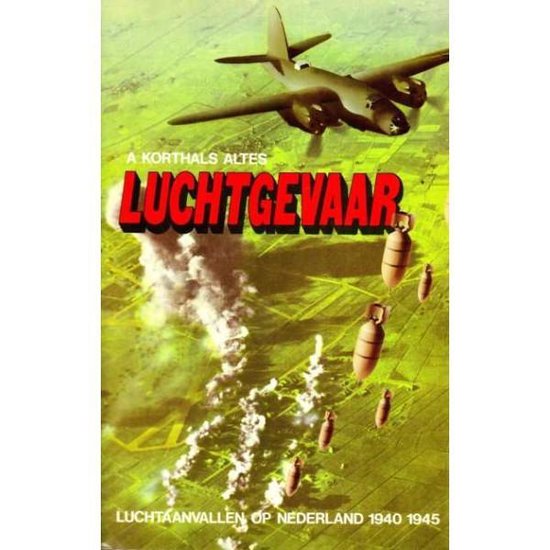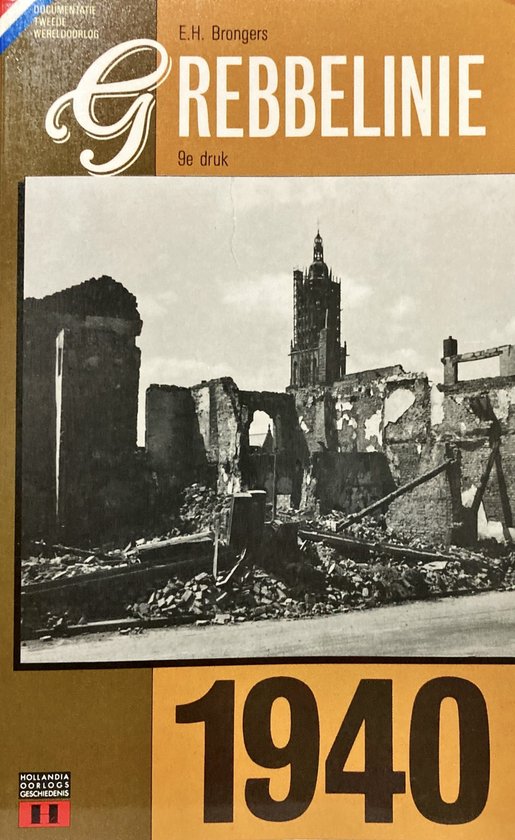Cycling route Death Valley De Peel - Toothless resilient (Eeuwig Leven) (#23)
Toothlessly resilient
Near the provincial border on the Meijel-Asten road, some special defenses of the Peel-Raamstelling were constructed just before the war. The road was equipped with so-called asparagus, removable iron beams that, placed diagonally upwards with a distance of half a meter between them, form a difficult barrier for unwanted passers-by.
Almost parallel, the Dutch army built a bunker as a machine gun nest on one side of the road and a concrete plateau on the other side on which heavier artillery could be placed.
When the Germans raided, the asparagus was quickly planted, seriously complicating the evacuation of the Meijels population to Asten.
People were forced to move north over Peel paths.
When the invading troops arrived and push came to shove, the Dutch army retreated behind the Zuid-Willemsvaart and the Germans took the barrier without any problem. There is nothing left to see of the asparagus, a symbol of toothless resilience. The concrete plateau east of the road is still there, overgrown by thorny shrubs.
Bunker 104 is also still there. Here the German conceptual artist Joseph Beuys created his Ation im Moor in 1971, which gained world fame as 'Wiedergutmachung' and as an early example of eco-art.
Do you have more information about this location? Inform us!
Source
- Text: TracesOfWar
- Photos: Martin Damen (1, 2), G.J. Wouters (3)
Related books
Nearby
Point of interest
- Watch Tower Fortification Vossenberg - Meijel
- Cycling route Death Valley De Peel - Liberation fever (Willemsveen) (#24) - Heusden
- Farm Sleutels - Asten
Monument
- Liberation Route Marker 225: Private David McKellar - Meijel
- War Memorial Neerkant - Neerkant
- War memorial Neerkant - Neerkant
Cemetery
- Dutch War Graves Roman Catholic Cemetery Helenaveen - Helenaveen
- Dutch War Grave R.C. Cemetery Liessel - Liessel
- Dutch War Graves Grashoek - Grashoek
Remembrance Stone
Fortification
- Peel-Raamstelling - B-Casemate nr.10 - Meijel
- Peel-Raamstelling - S-Casemate nr. 2 - Meijel
- Peel-Raamstelling - G-Casemate nr. 3 - Meijel
